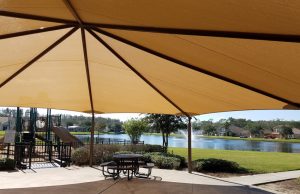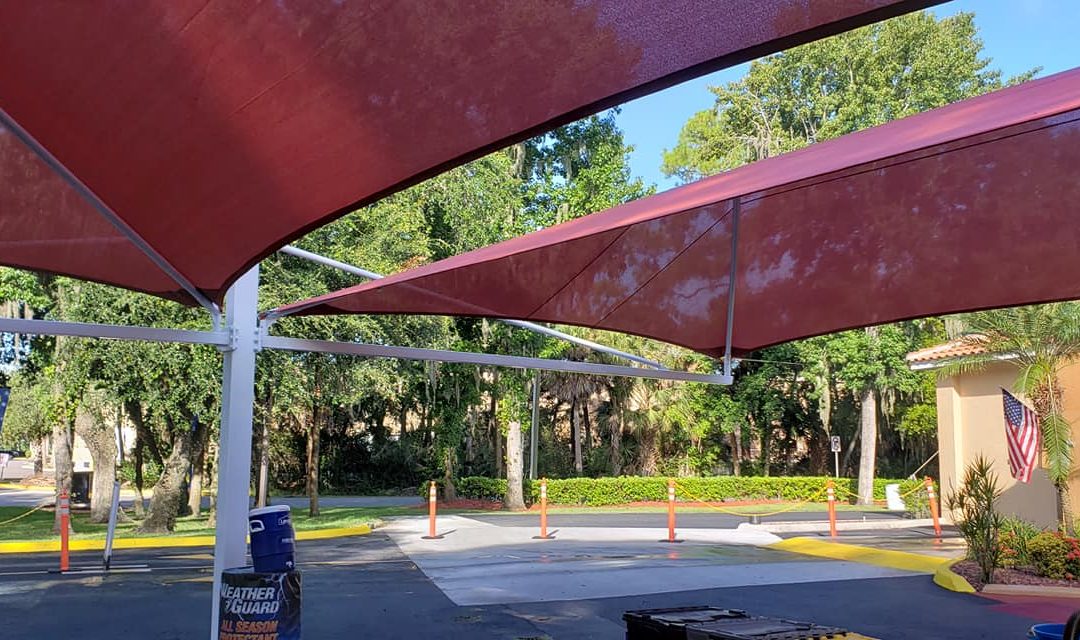Any successful architecture project must give people a comfortable outside environment. Versatile shade structures may be used at any time of year to create places that protect from wind, dust, sun, rain, snow, and noise while remaining light, flexible, and visually beautiful.
With this in mind, what factors should we consider when selecting shade structures for outdoor spaces? The top suggestions from Creative Shade Solutions are below.
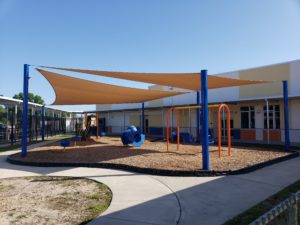 The shade construction must successfully withstand climate conditions.
The shade construction must successfully withstand climate conditions.
A good structure should allow people to enjoy the outdoors in all-weather situations by resisting wind and precipitation, acting as a dust barrier, dampening noise, and providing UV protection, among other things. For example, some constructions can endure wind gusts of up to 100 mph.
2. It must maximize the utilization of space based on the support points, form, and size of the shade structure.
There are several alternatives for shading the outdoors without obstructing or confining the living space. Umbrellas of square, rectangular, hexagonal, or octagonal shapes, all with a single point of support, may efficiently cover enormous areas by connecting several units and separating their pillars.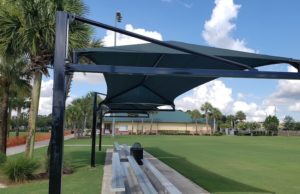
Cantilever constructions, on the other hand, rise through two support points and soar over the area, allowing activity beneath to continue uninterrupted. They function exceptionally well in pathways, bus stops, bleachers, and parking lots.
3. If your shade comprises cloth, pay close attention to its quality.
The fabric of a shade structure is important because, in addition to defining the overall attractiveness of the space, its surface is directly affected by the climatic conditions in the region. On top of that, the cloth breathes, enabling heated air to ascend and leave, resulting in a cooler environment.
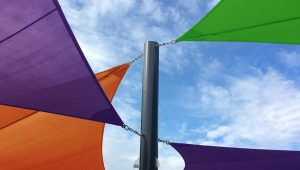 4. The height of your shade structure can drastically transform the feel of the area.
4. The height of your shade structure can drastically transform the feel of the area.
The height of the roof or eaves is critical in shaping the character of an outdoor area. A lower height might provide a more private and enclosed environment, whilst a taller one creates a more open and formal feel. While shade structure heights vary widely, the most popular ranges from seven to twelve feet.
5. Create dynamic and extraordinary places with sail-like structures.
Sail-like shades, which come in triangular, hexagonal, and square designs, may be combined to create dynamic and interesting areas by mixing different colors and varied in height and arrangement.